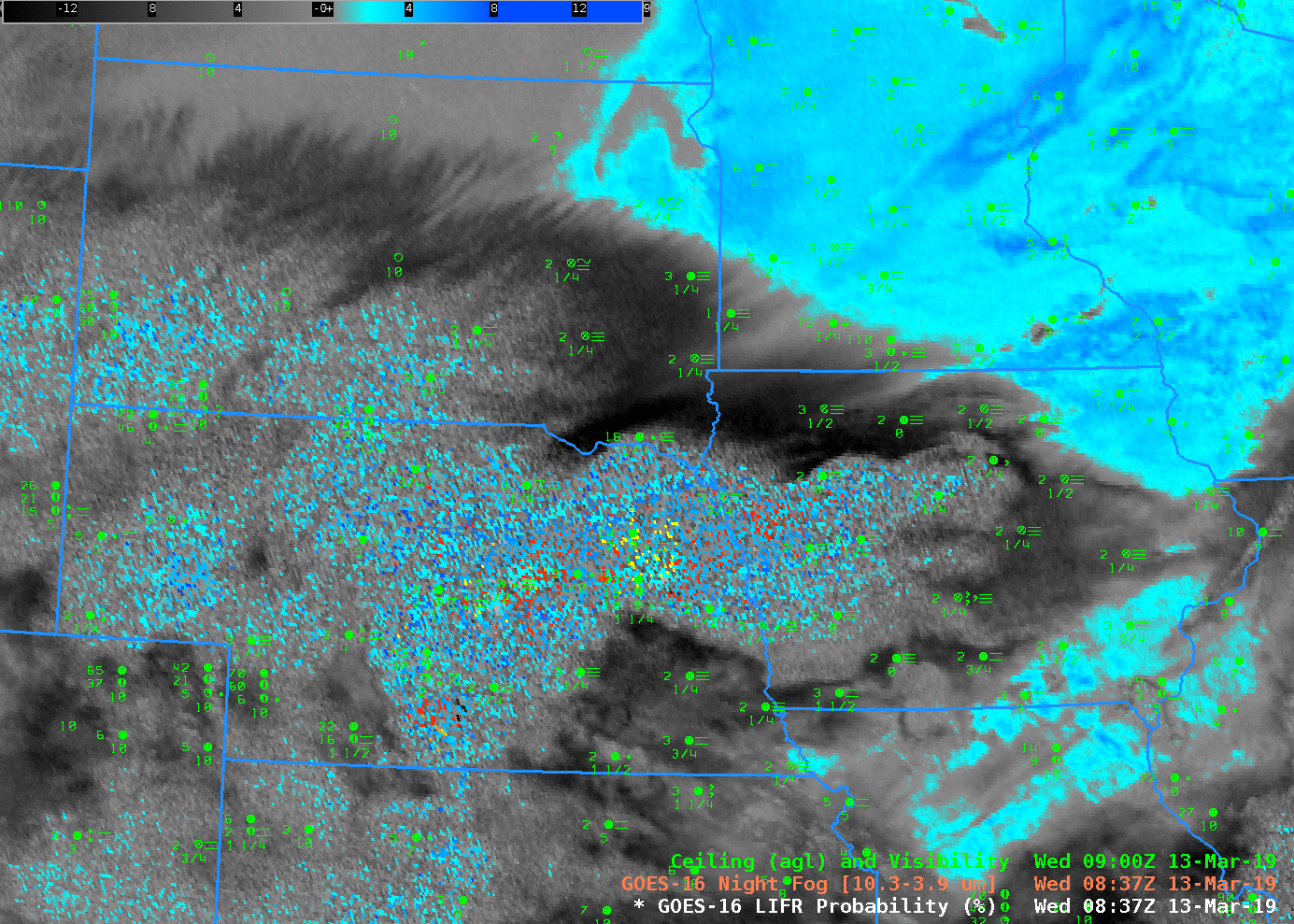

Engineers warn that fog catchers will only work in small areas. Now, the residents of Bellavista have enough water to irrigate trees and gardens, as well as provide for their own drinking and hygiene needs.
PRONUNCIATION OF ADVECTION FOG SERIES
In 2006, the community invested in a series of fog catchers outside of town. Every year, however, huge fogs blow in from the Pacific Ocean. Water for irrigation and human consumption is threatened. Bellavista is an area that has little access to liquid water-no rivers, lakes, or glaciers are nearby. The village of Bellavista, Peru, relies on fog catchers. In one day, a single screen can collect more than a hundred gallons of water. As fog glides in, water droplets form around the thin screens and drip to the collection pools below. The most effective way has been the development of “fog catchers.” Fog catchers are very large screens constructed in arid areas. Today, engineers are working on more sophisticated ways to collect water from fog. This method of water collection was effective, but not as effective as collecting rainwater or other liquid water. As the water from fog collected on these objects, the pots collected the water. Fog Catchers Many ancient cultures collected water from fog by placing large pots under trees and shrubs. The white landscapes of freezing fog are common in places with cold, moist climates, such as Scandinavia or Antarctica. As the freezing fog lifts, the ground, the trees, and even objects like spider webs, are blanketed by a layer of frost. Mountaintops that are covered by clouds are often covered in freezing fog. Freezing fog happens when the liquid fog droplets freeze to solid surfaces. More than 60 people died as a result of this deadly valley fog. In 1930, vapor condensed around particles of air pollution in the Meuse Valley, Belgium. The fog is trapped in the bowl of the valley. Valley fog develops when mountains prevent the dense air from escaping. Valley fog forms in mountain valleys, usually during winter. The cold California Current, which runs along the western coast of North America, is much cooler than the warm air along the coast. The Pacific coast of the United States, from Washington to California, is often covered in advection fog. Advection fog shows up mostly in places where warm, tropical air meets cooler ocean water. When the moist, warm air makes contact with the cooler surface air, water vapor condenses to create fog. This process is called advection, a scientific name describing the movement of fluid. Advection fog forms when warm, moist air passes over a cool surface. Fog that is said to “burn off” in the morning sun is radiation fog. Ground fog does not reach as high as any of the clouds overhead. Sometimes people use the term “ ground fog” to refer to radiation fog. As heat is transferred from the ground to the air, water droplets form. Radiation fog forms in the evening when heat absorbed by the Earth’s surface during the day is radiated into the air. Types of Fog There are several different types of fog, including radiation fog, advection fog, valley fog, and freezing fog. Mist can reduce visibility to between one and two kilometers. Fog cuts visibility down to one kilometer, meaning it will prevent you from seeing further away than one kilometer from where you’re standing. There are more water molecules in the same amount of space in a fog. This means fog is more massive and thicker than mist. Depending on the humidity and temperature, fog can form very suddenly and then disappear just as quickly. Sea fog, which shows up near bodies of salty water, is formed as water vapor condenses around bits of salt. Water vapor con denses around these microscopic solid particles. In order for fog to form, dust or some kind of air pollution needs to be in the air. There has to be a lot of water vapor in the air for fog to form. You can see fog because of these tiny water droplets. During condensation, molecules of water vapor combine to make tiny liquid water droplets that hang in the air. Fog shows up when water vapor, or water in its gaseous form, condenses.


Even monuments like London Bridge, in London, England, or the Golden Gate Bridge, in San Francisco, California, are almost impossible to see in thick fog. In some conditions, fog can be so thick that it makes it hard to drive safely because it obscures the road and other cars. Fog can be thin or thick, meaning people have difficulty seeing through it.


 0 kommentar(er)
0 kommentar(er)
